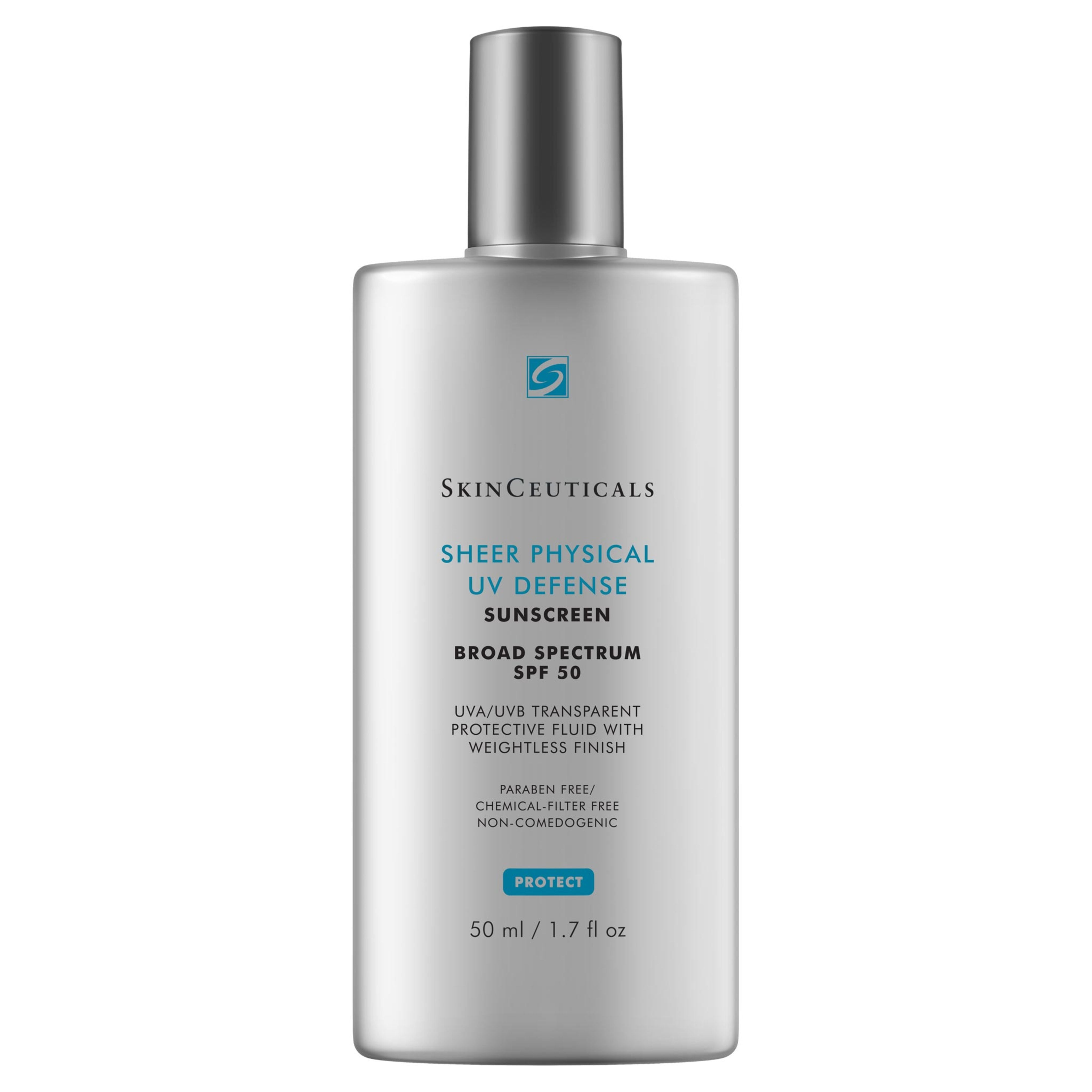PRODUCT REVIEW

La Roche-Posay Anthelios Melt-In Sunscreen Milk SPF 60
Can it cause trouble?
Cheaper alternatives

Product summary
What can the product work for?
Works for
Sun protection
Evens skin tone
What does the product description say?
UVA rays directly contribute to skin aging (wrinkles, sagging, dark spots) and are the no.
Moisturizing
What does the product description say?
& Oxybenzone-free sunscreen provides broad spectrum SPF 60 protection Face and body sunscreen in a non-greasy, fast-absorbing texture leaves skin hydrated and smooth with a velvety texture A powerful antioxidant complex to help protect skin from free radicals caused by UV rays Water resistant (80 minutes) Formulated and rigorously tested for skin tolerance, even on sensitive skin Key Ingredients.
Honesty check
How honest is this product?
| Promise | Can it deliver? |
|---|---|
| Sun protection |
Buy now
We receive a small commission for purchases made through these links at no cost for you. Thank you for your support! Learn more
 US Retailers
US Retailers
Can it cause trouble?
- Overall product irritation risk
- Acne & comedogenic risk ingredients: 0
Potential irritants
Comodogenic ingredients
User reviews (0)
Similar products & dupes
 La Roche-Posay - Anthelios Melt-In Sunscreen Milk SPF 60 |  SkinCeuticals - Sheer Physical UV Defense SPF 50 |  HANG TEN - Classic Sport High Performance Sunscreen Lotion Broad Spectrum, SPF 50 |  SVR - SEBIACLEAR Crème SPF50 |  Skin79 - Water Wrapping Moist Cool Sun Stick SPF50+ PA++++ |  Daylogic - Kids Sunscreen Lotion, SPF 50 |  Rite Aid - Tugaboos Baby Sunscreen, SPF 50 |  Neutrogena - Ultra Sheer Oil-Free Face Serum With Vitamin E SPF 60+ |  Garnier - Ambre Solaire Expert Sun Mist SPF 50+ |  Supergoop! - Glowscreen Body Broad Spectrum Sunscreen SPF 40 PA+++ |  Epicuren Discovery - X-Treme Cream Propolis Sunscreen SPF 45 | |
| Price | |||||||||||
| WIMJ similarity score |
64%
|
60%
|
54%
|
52%
|
27%
|
27%
|
26%
|
25%
|
25%
|
25%
| |
| SPF | SPF 60 | SPF 50 | SPF 50 | SPF 50 | SPF 50 | SPF 50 | SPF 50 | SPF 60 | SPF 50 | SPF 40 | SPF 45 |
| Key ingredients |
| Common:
Other:
| Common:
Other: | Common:
Other:
| Common: Other: | Common:
Other: | Common:
Other: | Common:
Other: | Common:
Other: | Common:
Other: | Common:
Other: |
| Irritancy | IRRITANCY
LOW
| IRRITANCY
LOW
| IRRITANCY
HIGH
| IRRITANCY
MEDIUM
| IRRITANCY
MEDIUM
| IRRITANCY
LOW
| IRRITANCY
LOW
| IRRITANCY
LOW
| IRRITANCY
LOW
| IRRITANCY
LOW
| IRRITANCY
LOW
|
| Potential Irritants |
|
|
|
|
|
|
|
|
|
|
|
| All ingredients |
|
|
|
|
|
|
|
|
|
|
|
Ingredients & concentrations
All ingredients
Key Actives
Potential irritants
Comodogenic ingredients
All ingredients
Ingredient list view
Butyl methoxydibenzoylmethane, Homosalate, Ethylhexyl salicylate, Octocrylene, Dimethicone, Salicylic acid, Tocopherol, Water, Styrene/acrylates copolymer, Dimethicone, Polymethylsilsesquioxane, Butyloctyl salicylate, Glycerin, Alcohol denat., Poly c10-30 alkyl acrylate, Caprylyl methicone, Trisiloxane, Acrylates/dimethicone copolymer, Diethylhexyl syringylidenemalonate, Peg-100 stearate, Glyceryl stearate, Phenoxyethanol, Potassium cetyl phosphate, Propylene glycol, Caprylyl glycol, Peg-8 laurate, Acrylates/c10-30 alkyl acrylate crosspolymer, Triethanolamine, Tocopherol, Inulin lauryl carbamate, Disodium edta, P-anisic acid, Caprylic/capric triglyceride, Xanthan gum, Cassia alata leaf extract, Maltodextrin, Sodium dodecylbenzenesulfonate
Sources
- Opinion on Homosalate - Scientific Committee on Consumer Products
- Dimethicone as a protective ingredient in topical medications
- Final Report on the Safety Assessment of Dimethicone Copolyol
- Salicylic acid as a peeling agent: a comprehensive review
- Beta Hydroxy Acids
- A review of toxicity from topical salicylic acid preparations
- Glycolic Acid Peels Versus Salicylic–Mandelic Acid Peels in Active Acne Vulgaris and Post‐Acne Scarring and Hyperpigmentation: A Comparative Study
- Vitamin E in dermatology
- Vitamin E and Skin Health
- Amended Safety Assessment of Acrylates Copolymers as Used in Cosmetics
- Safety assessment of Salicylic Acid, Butyloctyl Salicylate, Calcium Salicylate, C12-15 Alkyl Salicylate, Capryloyl Salicylic Acid, Hexyldodecyl Salicylate, Isocetyl Salicylate, Isodecyl Salicylate, Magnesium Salicylate, MEA-Salicylate, Ethylhexyl Salicylate, Potassium Salicylate, Methyl Salicylate, Myristyl Salicylate, Sodium Salicylate, TEA-Salicylate, and Tridecyl Salicylate
- Glycerol and the skin: holistic approach to its origin and functions
- Surfactants and experimental irritant contact dermatitis
- Propylene Glycol
- Skin-sensitizing and irritant properties of propylene glycol